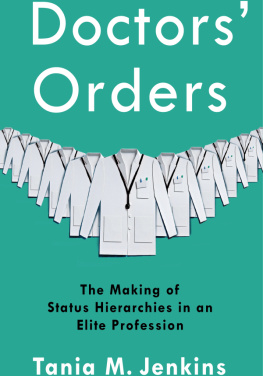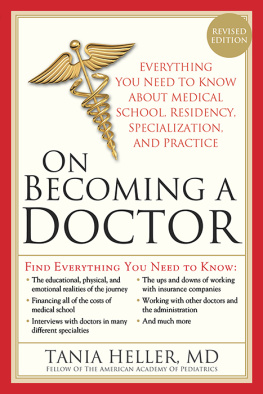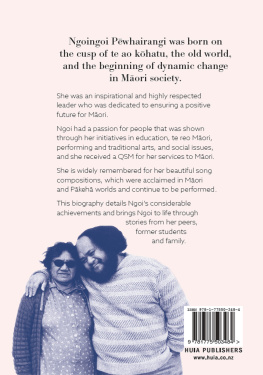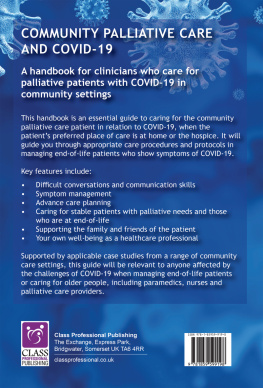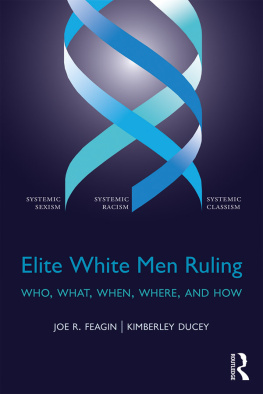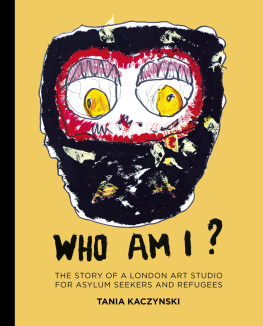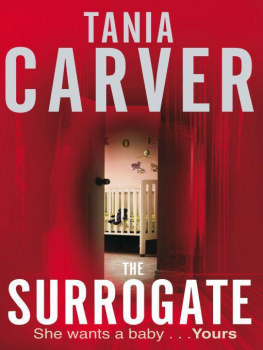Table of Contents
DOCTORS ORDERS
DOCTORS ORDERS
The Making of Status Hierarchies in an Elite Profession
TANIA M. JENKINS
Columbia University Press
New York
Columbia University Press gratefully acknowledges the generous support for this book provided by a member of our Publishers Circle.
Columbia University Press
Publishers Since 1893
New York Chichester, West Sussex
cup.columbia.edu
Copyright 2020 Tania M. Jenkins
All rights reserved
E-ISBN 978-0-231-54829-8
Cataloging-in-Publication Data available from the Library of Congress.
ISBN 978-0-231-18934-7 (hardback)
ISBN 978-0-231-18935-4 (trade paper)
ISBN 978-0-231-54829-8 (ebook)
LCCN 2019057510
A Columbia University Press E-book.
CUP would be pleased to hear about your reading experience with this e-book at .
Cover design: Noah Arlow
Cover image: Getty Images
To Maman Louise
Contents
I n his 2009 novel Cutting for Stone, Abraham Verghese tells the story of Marion Stone, an Ethiopian medical student who came to New York City to pursue residency training as a surgeon at Our Lady of Perpetual Succour, a community hospital in the Bronx. One evening it dawned on Marion that only foreign doctors worked at Our Lady. His navet provoked laughter from his colleagues. Marions chief resident gently explained:
See here, he said, taking a saltshaker and pepper shaker and putting them side by side. This pepper shaker is our kind of hospital. Lets call it an Ellis Island hospital. Such hospitals are always in places where the poor live. The neighborhood is dangerous. Typically such hospitals are not part of a medical school. Got it? Now take this saltshaker. This is a Mayflower hospital, a flagship hospital, the teaching hospital for a big medical school. All the medical students and interns are in super white coats with badges that say SUPER MAYFLOWER DOCTOR. Even if they take care of the poor, its honorable, like being in the Peace Corps, you know? Every American medical student dreams of an internship in a Mayflower hospital. Their worst nightmare is coming to an Ellis Island hospital. Heres the problemwho is going to work in hospitals like ours when there is a bad neighborhood, no medical school, no prestige?Where do you get your interns to fill all these new positions? There are many more internship positions available than there are graduating American medical students. American students have their pick, and let me tell you, they dont want to come and be interns here. Not when they can go to a Mayflower hospital. So every year, Our Lady and all the Ellis Island hospitals look for foreign interns. You are one of hundreds who came as part of this annual migration that keeps hospitals like ours going.
This is a book about a real Mayflower hospital and a real Ellis Island hospital. It explores how their trainees came to be so segregated and how that segregation impacted the residents education and influenced their career trajectories within the medical profession.
I started doing fieldwork at Legacy Community Hospital through a friend who knew someone who worked there. I was initially interested in studying the medical pecking order, particularly the practice of pimpinga pedagogical technique that involves putting subordinates on the spot, often in humiliating ways. Where were all the US-trained MDs?
As early as my first day in the fieldwhen the Legacy resident told me that if I was looking for hierarchy, I should look elsewhereI began to entertain the idea of a second field site for comparison. But as my focus shifted from internal institutional hierarchy to broader questions about the sorting of residents and professional status, I had to find a field site that could put my findings from Legacy into perspective. During interviews, residents at Legacy often contrasted IMG- or DO-friendly programs (what Verghese called Ellis Island programs), which were heavily populated by international medical graduates (IMGs) and osteopathic doctors (DOs), with elite Mayflower programs dominated by US-trained MDs (USMDs). Harvey, a US citizen who was an international medical graduate (USIMG), put it this way: [The] more IMG-friendly programs [are the smaller] community hospitals out in the middle of nowhere. But that makes sense for anything. When I asked him why, he replied: What do you mean why? Because they are less desirable. He recounted his experience as a medical student rotating in internal medicine (IM): The program I was at their IM program had a very strong affiliation to [X Medical School], which was a pretty good school in New York, but the thing is, they werent the actual [X Medical School] Hospital IM program, the one based in Manhattan. This was a separate group a satellite hospital that had their own program. It was affiliated with [X Medical School], but that program in Queens where I rotated? That was all foreign grads.
As the dichotomy between friendly and unfriendly programs became clearer to me, I knew I had to compare my results at Legacya friendly programwith those from a more traditional program. Several Legacy residents suggested that I look at Stonewood University Hospital, a local medical center that served as the flagship hospital for a nearby medical school. When I looked up Stonewoods roster of residents, a familiar pattern emerged: the internal medicine program was staffed almost exclusively by USMDs, with only a few exceptions. I took this to be the other half of the puzzle. How did these two programs end up so segregated? How did this segregation affect the trainees education and career opportunities after graduation? And why would non-USMDs agree to take on positions in less desirable hospitals, as Harvey put it, if they have the same credential (a degree to practice medicine) as USMDs?
To explain how it is that certain hospitals hire only USMDs or non-USMDs, I found it was insufficient to look at the laws or regulations giving USMDs priority for residency because there are none. Instead, I had to look at the unspoken, complex, and sometimes contradictory beliefs and mechanisms that lead to the ordering of US-trained MDs and osteopathic and international medical graduates by their social worth (or status). This is a book about how that ordering works.
T his book tells the story of the more than 120 residents, attending physicians, and program officials who let me into their lives and hospitals to observe how status works in their profession. They didnt have to let me in. In fact, they had every reason not to, given my inexperience as a new ethnographer, the open-ended nature of my research questions, and the arguably uncomfortable subject I was investigatingstatus hierarchies. But these respondents did more than tolerate me; they often encouraged my inquisitiveness and vouched for me to their colleagues, opening new opportunities for data collection. I am tremendously grateful to them for allowing me to do this research. Unfortunately, these physicians must remain unnamed, but I truly hope they know how much I appreciate their time, patience, and candor. This book, quite simply, could not have been possible without them.





